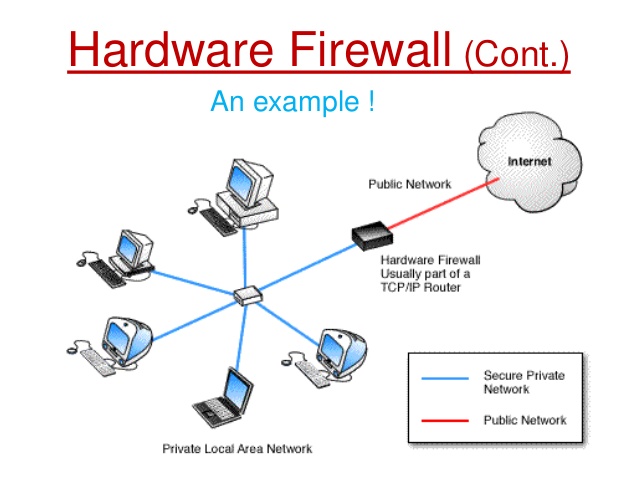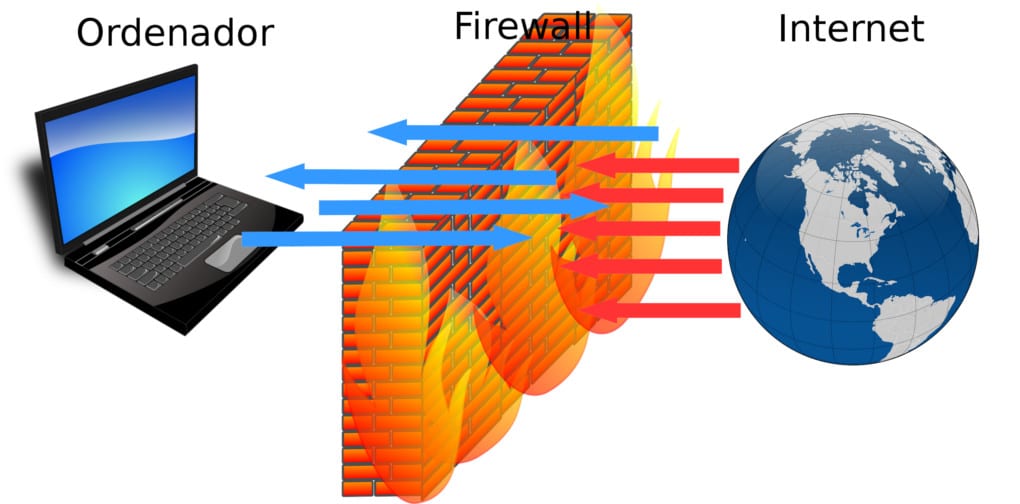

And while they’re clearly the more expensive option, they present a more robust security solution. Hardware firewalls are much more complex than personal firewalls, i.e. In order to control this data traffic, firewall programs, and in some cases operating systems, are installed on these devices. In other words, an external firewall is a stand-alone device that, with the help of integrated network interfaces, connects different networks with one another.

These are located between various computer networks and monitor the data traffic flowing between them this is why such systems are sometimes referred to as network firewalls or hardware firewalls. This option is comprised of a combination of both software and hardware components. On the other end of the spectrum lies the external firewall. Some operating systems, like Windows, include such options as a part of their software packages. Once installed, this software then monitors the data traffic flowing between this computer and its corresponding network.

The main difference between these two firewall options can be seen in the different components they use: a personal firewall (also known as a desktop firewall or software firewall) offers a pure software solution, which is installed on the computer that is to be protected.


 0 kommentar(er)
0 kommentar(er)
